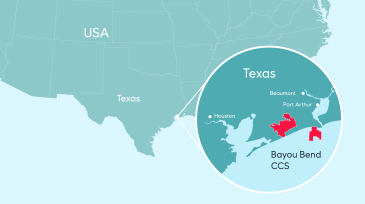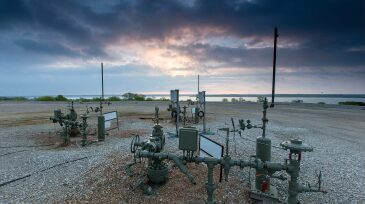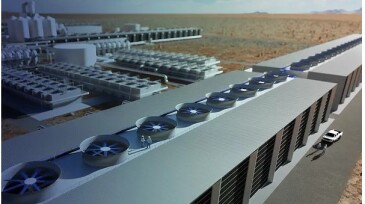Carbon capture and storage
Regulators pull from experiences in the oil and gas industry to define best stewardship practices for the nascent CCS industry.
EERC CEO Charles Gorecki outlines how applied research in North Dakota is helping improve oil recovery, reduce emissions, and advance carbon storage.
This article is the fifth in a Q&A series from the SPE Research and Development Technical Section focusing on emerging energy technologies. In this edition, Shantanu Agarwal, founder and CEO of Mati Carbon, discusses how the company’s approach to carbon removal led to winning the Musk Foundation’s XPRIZE in 2025.
-
The hub acreage is located in state waters of Cameron Parish.
-
Fourteen companies scooped up the licenses to sequester carbon in depleted oil and gas reservoirs and saline aquifers offshore UK.
-
The $1-billion carbon capture project in Texas is revived after a 3-year hiatus.
-
The Habshan project aims to capture and sequester 1.5 million tonnes of carbon dioxide per year.
-
Understanding the subsurface is crucial to the success of carbon capture and storage, and digital solutions are essential for an accurate analysis of the subsurface being considered.
-
Norwegian energy company Equinor has acquired a 25% stake in the Bayou Bend CCS project from Houston-based Carbonvert.
-
Thailand's coal mining giant Banpu said it has signed an agreement to launch a third carbon capture and sequestration project in the US.
-
Decades of experience injecting fluids into the ground has revealed a fundamental truth: No two injection sites are the same. A thorough understanding of site-specific conditions is essential to ensure safe and secure long-term subsurface disposal of carbon dioxide.
-
The projects are expected to remove more than 2 million metric tons of CO2 emissions annually from the atmosphere.
-
Tokyo is seeking partnerships in the UAE to leverage its technologies to produce clean energy for export back to Japan.













